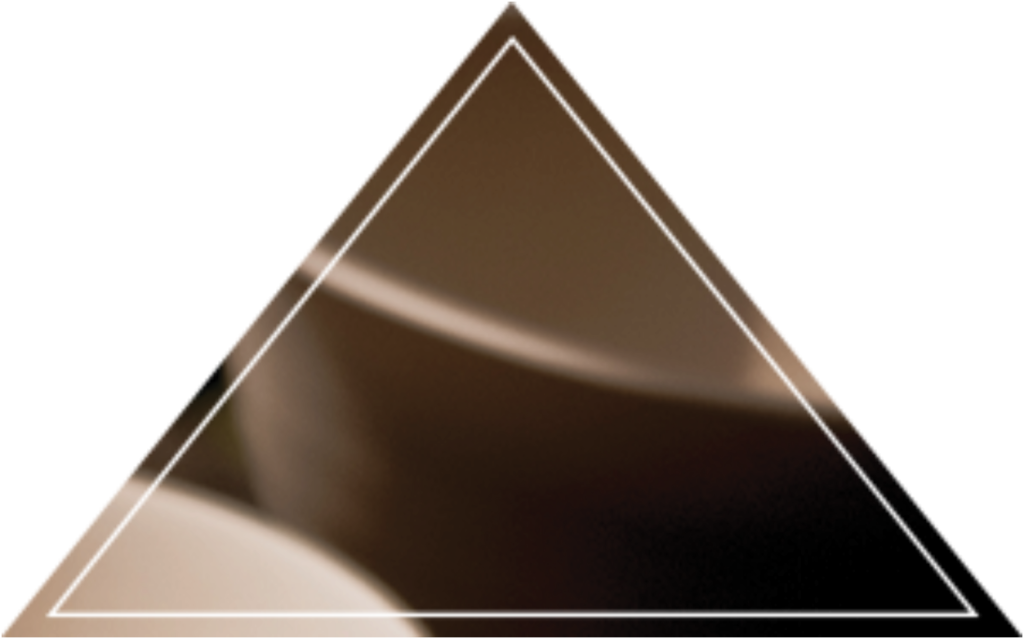ORAL HYGIENE
INSTRUCTIONS
Instructions:
Brushing:
- Brushing is required twice daily (morning and evenings, ideally 30 minutes after meals) for 2 minutes each time.
- Time yourself the first few times so you know what 2 minutes of brushing feels like.
- Electric toothbrushes (not battery operated) have 2-minute timers programmed into them. Once you press start, allow it to complete the cycle and to stop by itself. This will ensure you are brushing for two minutes.
- Adhere to spending 30 seconds on each quadrant of the mouth (separate the mouth into fourths; the upper right and upper left, lower right and lower left sides). You must brush the front, the back, and chewing surfaces of all teeth.
- Use any type of toothpaste you prefer. Some whitening toothpastes are very abrasive and could be detrimental to tooth structure with long-term use.
- Technique of brushing is just as important. (Video – https://spearedu.co/h2dRdq6)
- Angulate your toothbrush bristle 45 degrees to the gum line. Use round motion (up and down, not across) to remove plaque. Use downward strokes for upper teeth and upward strokes for bottom teeth.
- Adhere to a soft bristle toothbrush and avoid medium and hard bristles.
- Avoid applying too much pressure against your teeth or aggressive toothbrushing, gentle strokes for two minutes against all surfaces of your teeth is sufficient.
- Ensure you are brushing all the way to the gum line of your teeth, some teeth may have different levels of gum line and may require you to visualize where that is to ensure proper removal of plaque
- Wrong angulation of the toothbrush overtime can cause tooth abrasion and recession. This is when there is noticeable loss of tooth structure and gum tissue. Eventually this can lead to problems such as tooth sensitivity, increased susceptibility to cavities, and even tooth loss.
Flossing:
- Flossing is required daily and just as important as toothbrushing.
- Periodontitis often starts between your teeth as this is the area where bacteria is not being removed with frequency.
- Floss at least once daily focusing on the mechanical removal of plaque and food.
- Pass the floss below the contact of your teeth, then make a “c” shape as if you were wrapping the floss around the teeth. You must do so on each tooth surface, and there are two, one for each tooth. (Video – https://spearedu.co/Xfrz71K)
- If you have spaces or gaps between your teeth, interdental brushes such as the Tepe brand can be more efficient at plaque removal than flossing alone, especially if you have had periodontal treatment for periodontitis. (https://www.tepe.com/global). The interdental brushes come in different sizes and your healthcare provider can assist in determining the correct sizes for your teeth.
Mouthwash:
- Mouthwash is typically an adjunct to brushing and flossing and not necessary, however, if you like using it, please continue unless advised differently by your dental professional
Waterpiks/Waterflossers:
- These are typically an adjunct and does not substitute flossing, but it can be helpful especially if you have larger gaps and spaces between your teeth.
- It is also helpful for those who have periodontal pockets that have not resolved after treatment. (Video – https://spearedu.co/B972Ngu)



